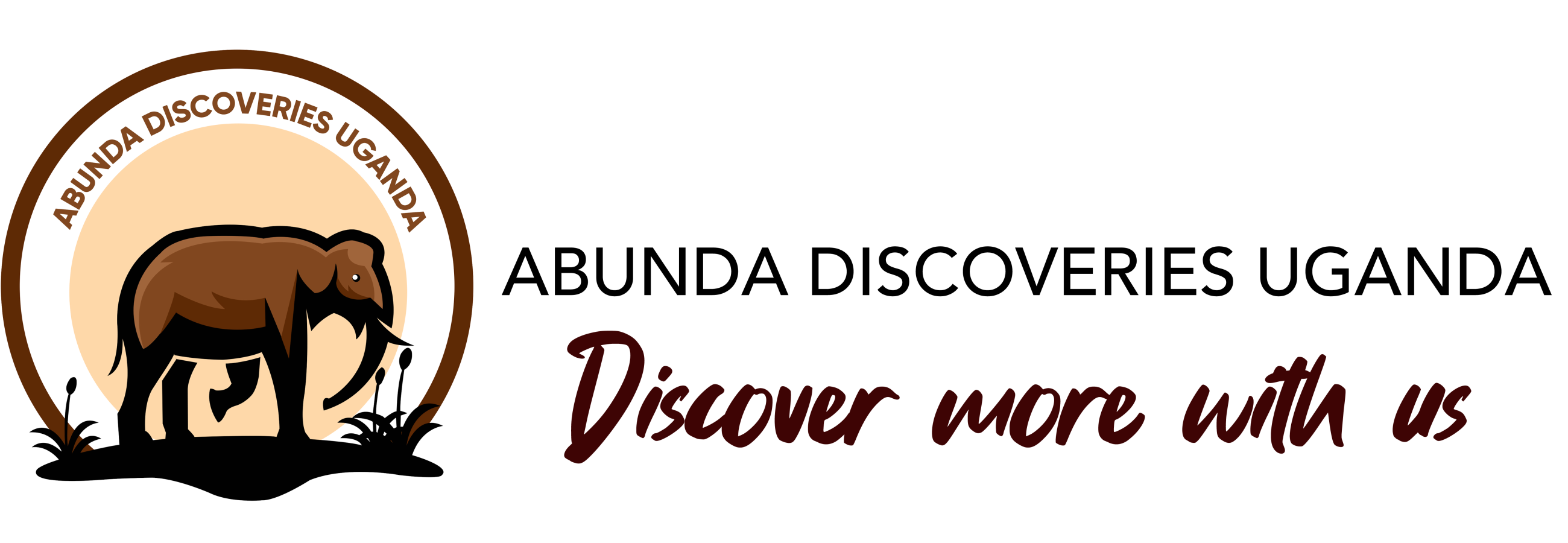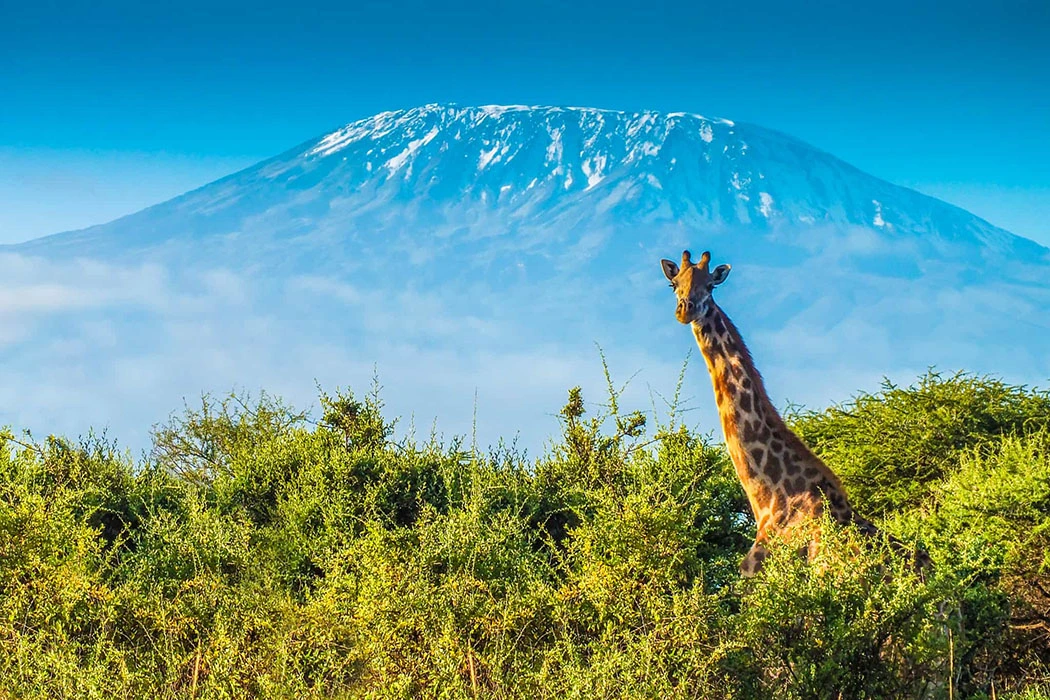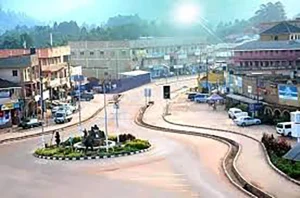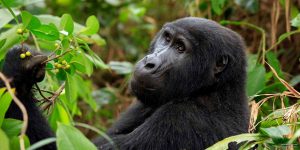Can you climb Kilimanjaro without a guide?
Africa’s highest mountain, Mount Kilimanjaro, is situated in Tanzania and rises to a height of roughly 5,895 meters (19,340 feet). Despite not being a part of a mountain range, it is the world’s tallest free-standing mountain rise. Kilimanjaro is composed of three cones: Kibo, Mawenzi, and Shira. It is also known as a stratovolcano, which is a term for a very massive volcano composed of ash, lava, and rock. Kibo is the highest of the three volcanic structures and the mountains top. Kibo is thought to be dormant and may erupt once again, but Mawenzi and Shira are extinct. According to scientists, it last erupted 360,000 years ago. Uhuru, which means “freedom” in Swahili, is the highest point on the crater rim of Kibo. Can you climb Kilimanjaro without a guide?
Kilimanjaro remains a popular destination for hikers. This is partially due to the fact that compared to mountains of comparable elevation, the hiking paths don’t require as much gear or prior experience. Every year, tens of thousands of climbers make their way up the peak.
Why Is a Guide Required to Climb Kilimanjaro?
Without a guide, it is impossible to climb Mount Kilimanjaro. You must be accompanied by a certified guide who works for a registered company whether you plan to climb Kilimanjaro in its entirety or only spend a day hiking there. The role of the guide is multifaceted. Your safety is their top priority, but they also handle all the logistics, such as the paperwork, porters, food, and more.
The regulations on the mountain are supervised by the Kilimanjaro National Park Authority (KINAPA). Its primary goal is to ensure everyone’s safety and reduce the risks associated with ascending Africa’s highest mountain. Therefore, since 1991, unsupported mountain treks have been prohibited.
What Function Does the Guide Serve?
With a relaxed pace, your guide will lead the way, giving you plenty of time to take pictures and get used to the surroundings. The guide is responsible for ensuring that all park rules and regulations are observed. You have to stay on the designated routes and sleep in the designated campsites when climbing a mountain. As each trekker arrives at the overnight camp, they must sign in. This makes sure that everyone is present on the mountain at all times.
Even though climbing Mount Kilimanjaro is thought to be very straightforward, anyone can get altitude sickness. If someone is having trouble, the guide’s job is to spot it and, if needed, lead a guided descent apart from the group.
During the ascent, guides are also your main source of information and direction. Both external authorities and the national parks provide these staff with considerable training.
The best time to ascend Kilimanjaro
The greatest time to climb Kilimanjaro is during the dry season, which runs from late June to October and December to mid-March. The months of January, February, July, August, September, and October are the most advantageous. The weather is most favorable during these months.
In conclusion
Climbing Kilimanjaro is an experience of a lifetime, full of rewards and challenges that will leave you with lifelong memories. But it’s not a journey to be taken lightly or without the right support. It is absolutely essential to have a guide and support team due to the legal obligations as well as the health and physical concerns involved.
You cannot climb Kilimanjaro without a guide because of this. While not always the case, this is the case for this particular hiking vacation. Because the mountain is difficult, it is regulated appropriately, which results in very low death rates.
We have carefully chosen our own team of knowledgeable local guides for Abunda Discoveries Uganda. Their superb teams on the mountain and safety precautions have earned them a great reputation.




